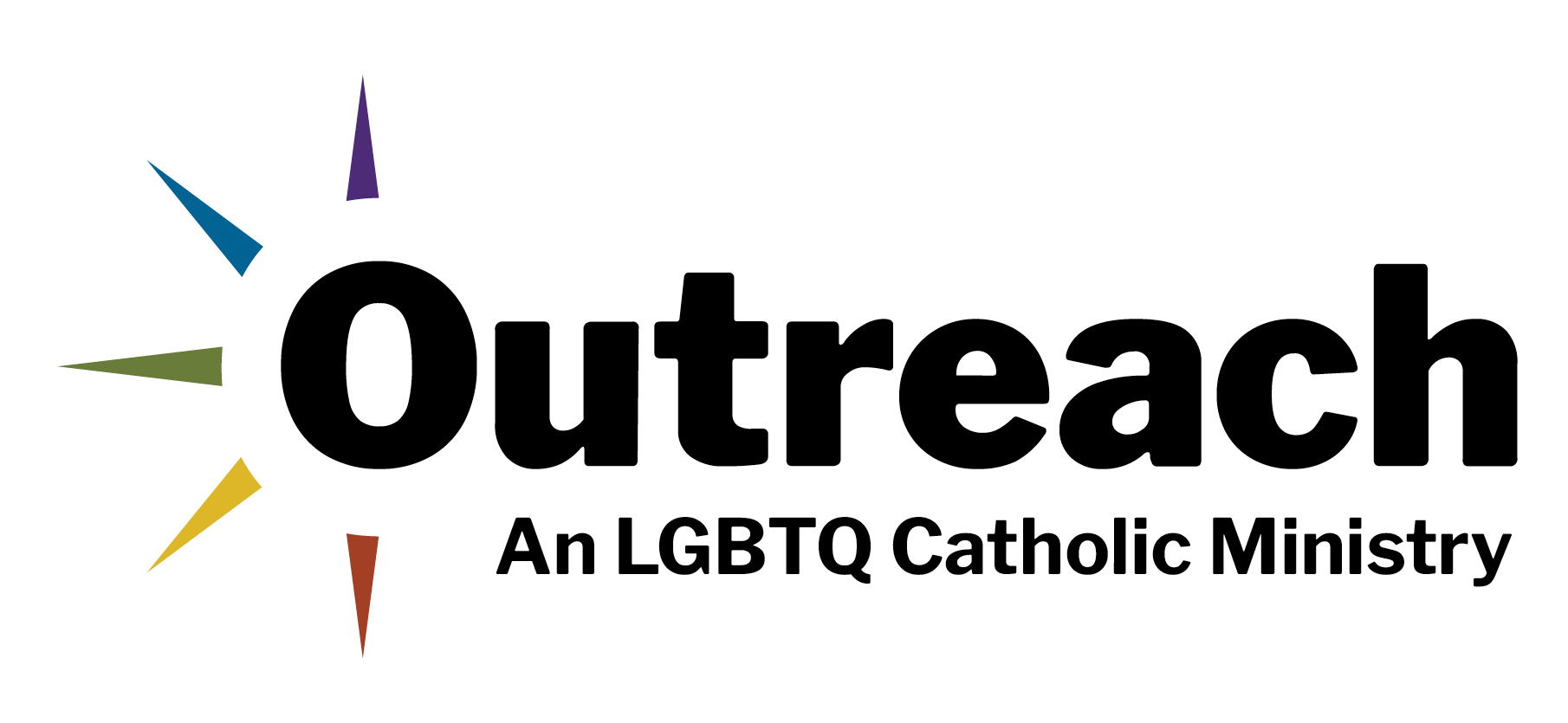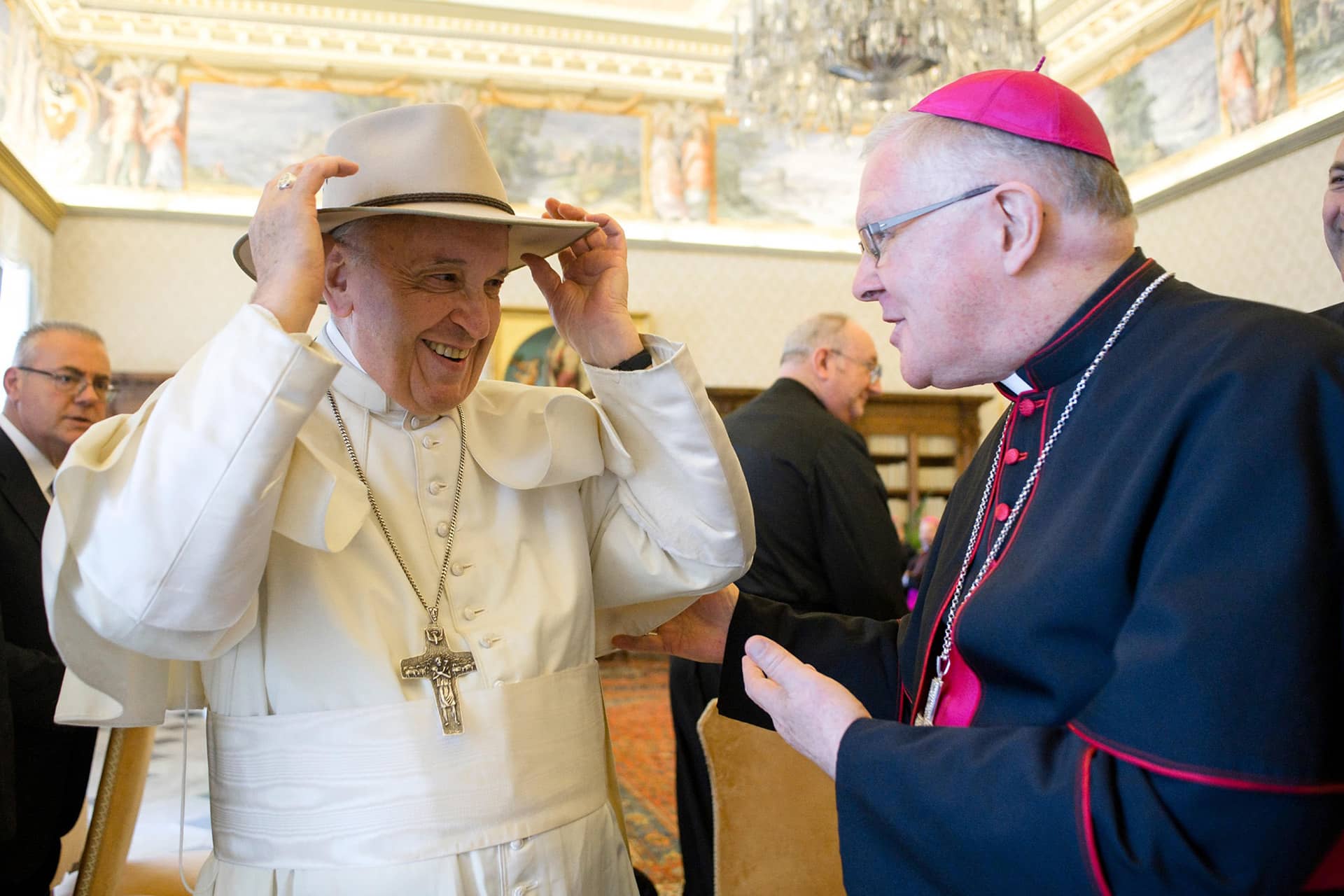In Australia, we’ve been on the journey of a plenary council for the last few years and we’re about to celebrate the second of its two assemblies. In more recent times, the work of the council has been interweaving with the global “synod on synodality.”
At the heart of both council and synod lies the question of how the Catholic Church might become a more welcoming and inclusive community without abandoning long-held understandings. Under the influence of the Holy Spirit, we’ve been drawn into a process which is slow and messy, but which is also necessary if we are to be a community of disciples living the Gospel, rather than some self-absorbed institution thriving on exclusion.
In his encyclical “Fratelli tutti,” Pope Francis has pointed the way in a prophetic manner. Yes, we are all sisters and brothers: but what exactly does that mean in terms of welcome and inclusion? That’s the question.
In asking how the Church might become a more welcoming and inclusive community, we need to keep in mind certain cultural shifts which in recent times have become evident, at least in Western cultures. We don’t grapple with this question in a vacuum. What had seemed fixed points of reference are no longer as fixed as they seemed.
Here I mention three: the distinction between sin and sinner, the relation between act and person, and the distinction between public position and private pastoral care.
In much of what follows, I am indebted to an unpublished reflections of the Rev. Gerald Gleeson, the vicar general of the Archdiocese of Sydney.
In the past, the Church has relied upon the distinction between sin and sinner, insisting that we should hate the sin but love the sinner. Therefore, the church has condemned homosexual acts but sought to care for homosexual persons. However, this distinction doesn’t work now as it once did, because Western cultures have come to see sexuality as integral to the being of a person.
“At the heart of both council and synod lies the question of how the Catholic Church might become a more welcoming and inclusive community without abandoning long-held understandings.”
Therefore, when the church teaches that homosexual acts are wrong, those who are homosexual take this to mean that they are the “wrong” kind of people, a perception aggravated by the claim of the Catechism of the Catholic Church that homosexual acts are “intrinsically disordered” (CCC #2357). This is taken to mean that homosexual persons themselves are “intrinsically disordered,” which isn’t what the Catechism intends to say. However, it is what many people hear.
It’s also true that those who cannot or do not live up to church teaching regard themselves not as perfect, perhaps, but as “good people,” and conclude therefore that their actions also are “good.” This would then mean that the church must be wrong.
The human person needs to be the focus at every turn, and not just the person, but the person-in-relationship. The church has tended to focus in the past on the morality of acts, assessing their moral status regardless of personal intent or relational context. This implies a particular understanding of the relationship between objective and subjective, which Western cultures now question. They see morality as grounded more in the person than the act, and questions of personal intent and relational context are seen as decisive.
It’s not that the act doesn’t matter: it does. But its moral status can’t be assessed without reference to the subjective element, to personal intent and relational context. The same act with a different personal intent or relational context may be assessed quite differently.
There is also the question of the traditional Catholic distinction between public position and private pastoral care. In the past, remarked Father Gleeson, “the privacy of the confessional tempered the public declarations of the pulpit,” and that strategy has worked well for a very long time.
But it has been eroded in more recent times, in part because of the moral ideal of authenticity, of being true to oneself, is now dominant in Western cultures, especially among the young. The combination of public clarity and private mercy is now seen as inauthentic, even hypocritical. So, too, is the ‘don’t ask, don’t tell’ approach in cultures which prefer people to be open about their sexual orientation and applaud them when they are.
What the church needs now, says Father Gleeson, is “a new way of responding publicly to sin,” as Pope Francis did dramatically with his words, “Who am I to judge?” This was an unexpected response from the Bishop of Rome. Pope Francis insisted that he accepts the church’s teaching on homosexual activity. No surprise there. But how can you hold these two statements together?
“The human person needs to be the focus at every turn, and not just the person, but the person-in-relationship.”
That’s the question confronting the church now and it’s the pope himself who has put it clearly on the agenda. The two messages seem impossible to reconcile, but there must be a way of resolution, the shape of which is not apparent at the moment. That’s why the process needs to continue under the influence of the Holy Spirit.
Much is unclear at this point of the process, but some things are crystal clear. All disciples are called to ongoing conversion to Jesus crucified and risen. All are therefore called to acknowledge sin and receive forgiveness, and all are called to chastity, which is not the same as abstinence. Chastity refers to sexuality geared not to power and possession, but to self-sacrificing love. It points to a redeemed, eucharistic sexuality, in which the lover says to the beloved, “This is my body given for you,” not “This is your body taken for me”.
In the biblical story of the Fall, one of the prime symptoms of fallenness is darkened sexuality (Gen 3:7), which is why sexuality flooded with love’s light is one of the prime symptoms of Christ’s redemption. What does the redeemed life look like now? That question is at the heart of council and synod. We are now asking: How might we be as welcoming and inclusive as God?
Writing in La Croix International, Isabelle de Gaulmyn remarked that “like the monasteries of the Middle Ages, it is a Christianity of hospitality that is being invented.” The monasteries took their cue from the Rule of St Benedict: “All guests who present themselves are to be welcomed as Christ, for he himself will say: I was a stranger and you welcomed me. Proper honor must be shown to all, especially to those who share our faith and to pilgrims.”
For us now, in our very different time, the question is: How are we to embody in our communities that kind of hospitality and show “proper honor” to all?




